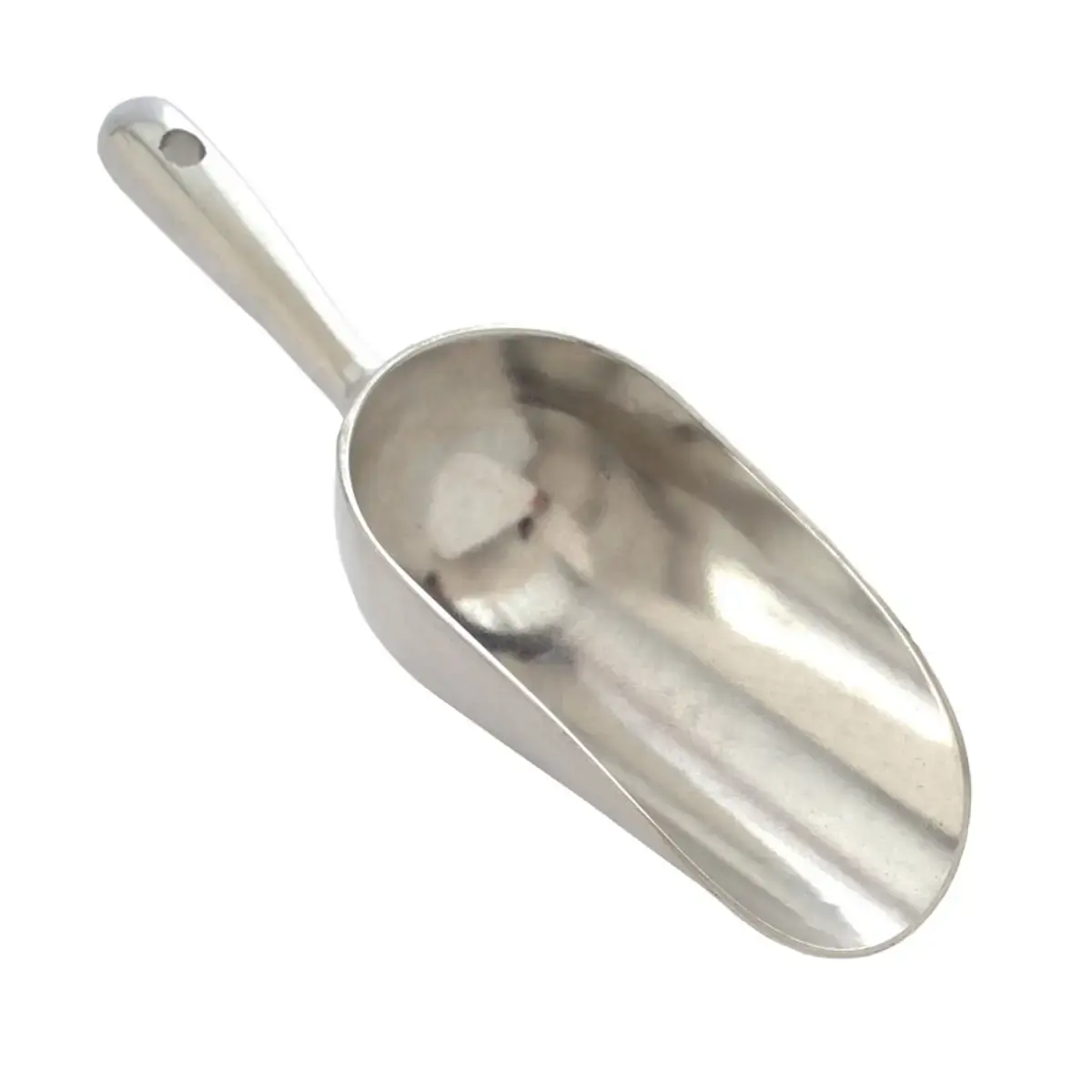7/16" - 10ct = 10mm
Laughs in pliers wrench
No one going to mention that it’s a Philips head screw as well? So not only could they have used a metric wrench but also a screwdriver.
You’re thinking in ¢.02 now.
As the owner of an older Japanese motorcycle: you’re better off with a wrench.
You’re probably just going to strip it with a screw driver, and that’s assuming it’s actually Philips and not JIS.
Hexagon socket screws are often used because they are easier to loosen when the screws are very tight. I think in such a case you can’t get any further with a Phillips screwdriver.
Physics is also important. Coins are usually made of softer metal so a wrench can crush it if a bolt is too tight.
I don’t know… I’ve tried to drill holes in quarters when I couldn’t find a washer. Canadian quarters are as hard as woodpecker lips.
Since 2000, they’ve used all-American steel vs. our quarters, which are copper at the core. PS: I don’t really know if the Canadian quarter’s steel is all-American, I just like the ambiguity of the statement.
This link says “94% steel, 3.8% copper, 2.2% nickel plating” which is equivalent to 2 Standard Woodpecker Lips
Maths is important to get what the frick a 7/16 inch unit is supposed to be and how to calculate just about anything with it.
Dynamic typing cannot work.
This is duck typing though. Since it works like a 10mm wrench.
The only problem is that now both the dime and 7/16 likely to vanish when next needed.
10mm is also .40’.
…Which I know because 10mm auto is the parent cartridge of .40S&W, which was just cut down to be shorter, but still uses the same projectiles.
I expect you mean .40 inches but you have abbreviated .40 feet which is more like 61/500m





